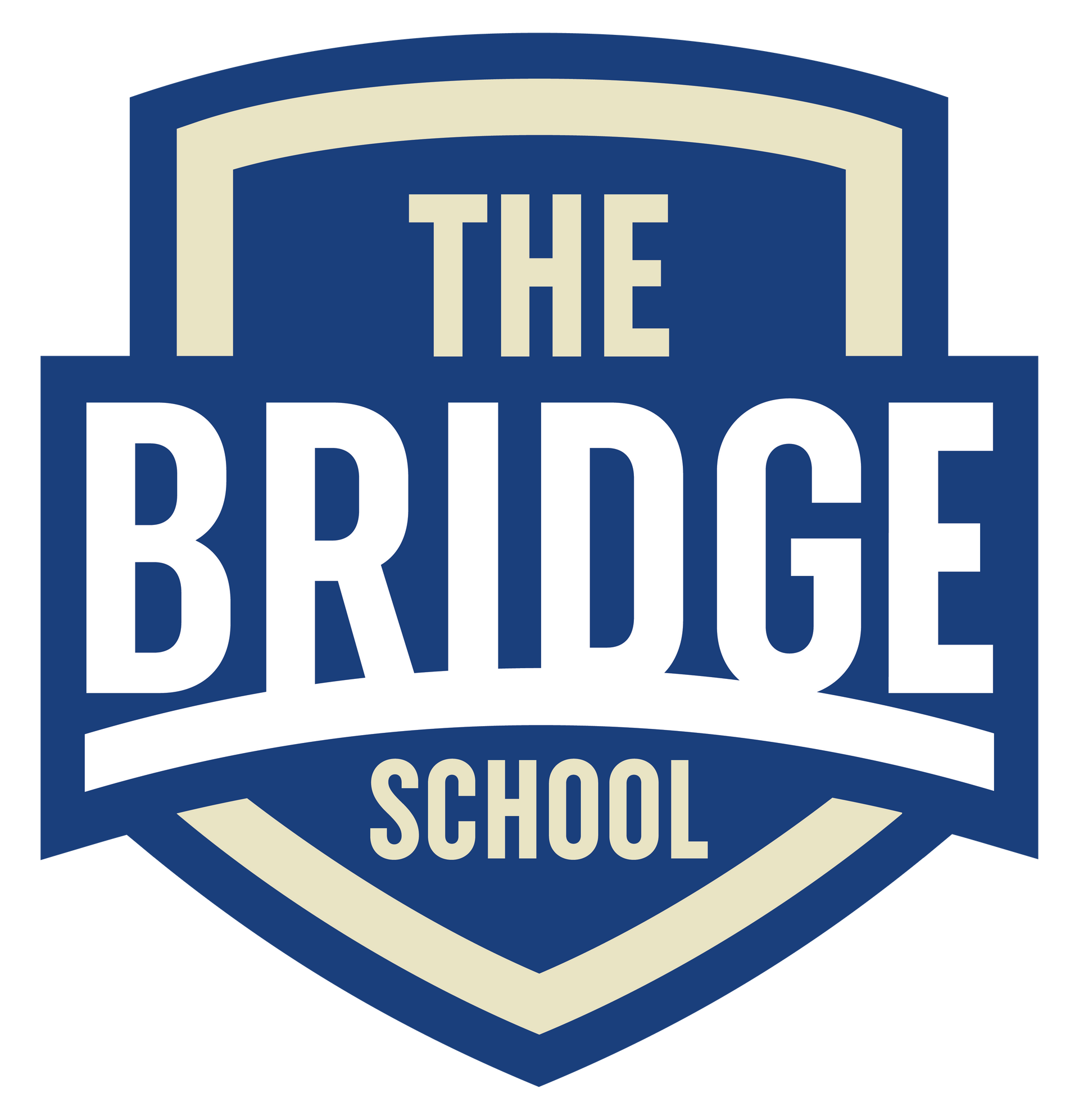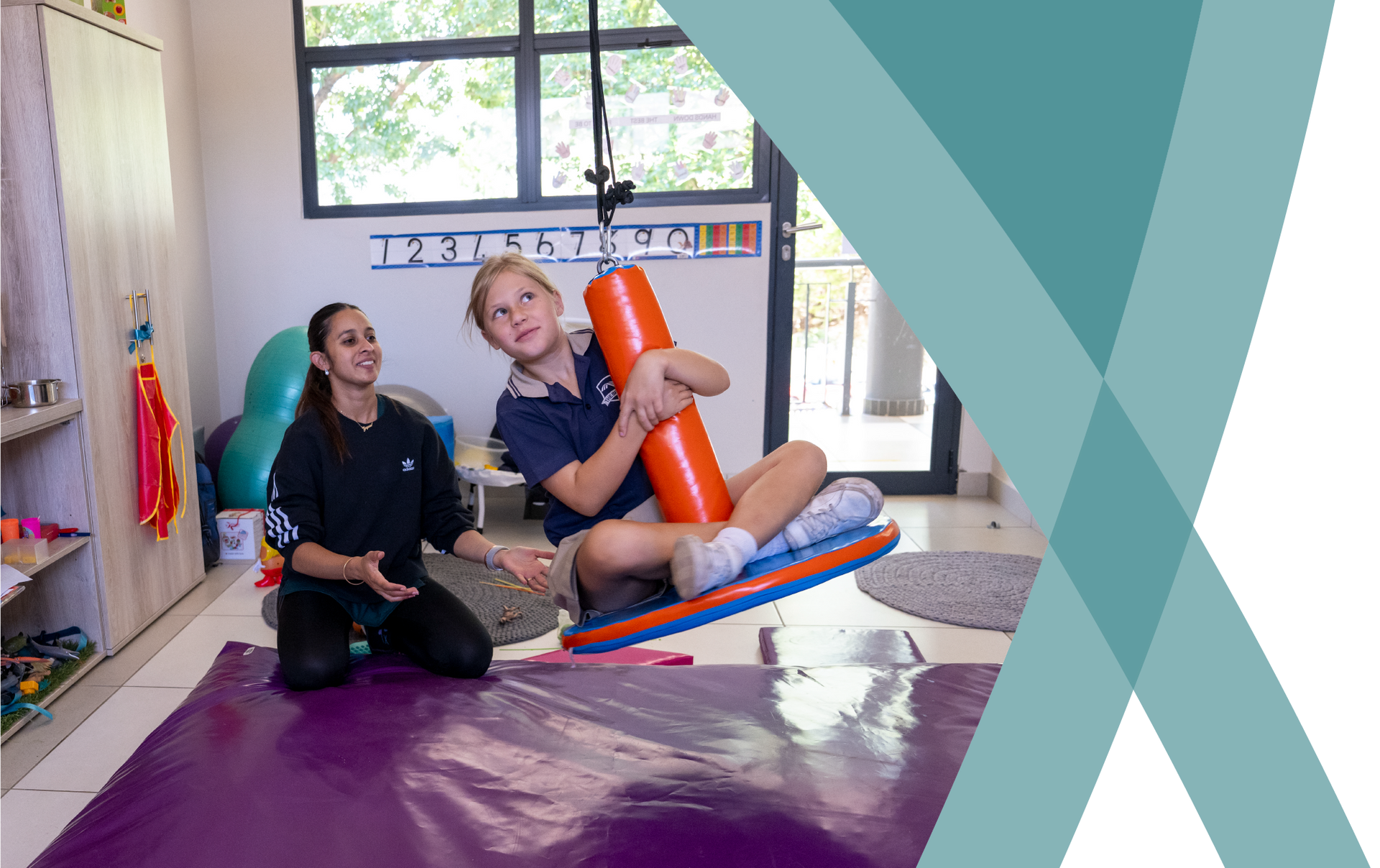
What Does It Mean?
Glossary
This glossary outlines key neurodiversity classifications along with evidence-informed strategies to support neurodivergent students in educational settings. It is intended as a foundational reference for educators seeking to foster inclusive, responsive, and equitable classroom environments.
ASD - Autism Spectrum Disorder
A developmental disorder affecting communication, behaviour, and social interaction. It varies in severity and is often supported with routines and visuals.
ADHD - Attention Deficit Hyperactivity Disorder
A neurodevelopmental disorder characterised by inattention, hyperactivity, and impulsivity.
Dyslexia
A learning disorder that affects reading, spelling, and writing due to difficulty recognising speech sounds and decoding.
Dyspraxia (Developmental Coordination Disorder)
A motor disorder affecting physical coordination and movement. Often impacts tasks requiring fine motor control.
Dyscalculia
A learning difficulty related to numbers and math, making it hard to understand numerical concepts and perform calculations.
Sensory Processing Disorder
A condition where the brain has trouble receiving and responding to information from the senses.
Support Strategies & Educational Terms
Accommodations
Changes in how a student accesses information or demonstrates learning, without altering the educational standards.
Differentiation
Tailoring instruction to meet individual learning needs by adjusting content, process, product, or learning environment.
Visual supports
Tools like pictures, charts, and diagrams that help individuals understand and communicate better.
Explicit instruction
A motor disorder affecting physical coordination and movement. Often impacts tasks requiring fine motor control.
Alternative assessment formats
Non-standard ways for students to demonstrate knowledge (e.g., oral presentations instead of written tests).
Graphic organiser
A visual display (like a chart or mind map) used to organize information.
Motor tasks
Activities that require body movement, especially fine motor skills like writing or cutting with scissors.
Assistive technology
Tools (like speech-to-text software or audiobooks) that help individuals with disabilities perform tasks more easily.
Calm corner
A designated quiet area where students can go to relax, reduce sensory overload, or self-regulate emotions.
Sensory overload
A condition where one or more of the senses are overstimulated, often experienced by individuals with sensory processing difficulties.
Recorded video or oral interview
Alternative ways for students to complete assessments by speaking or using video instead of writing.




